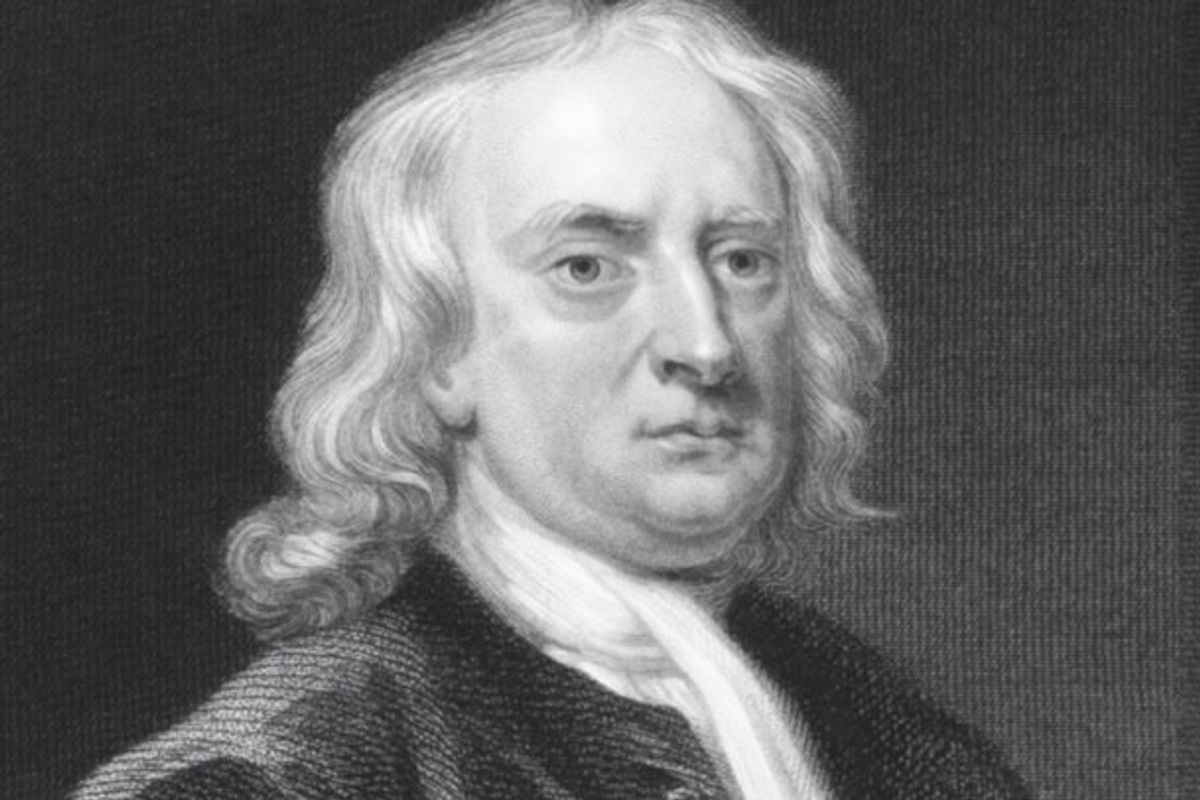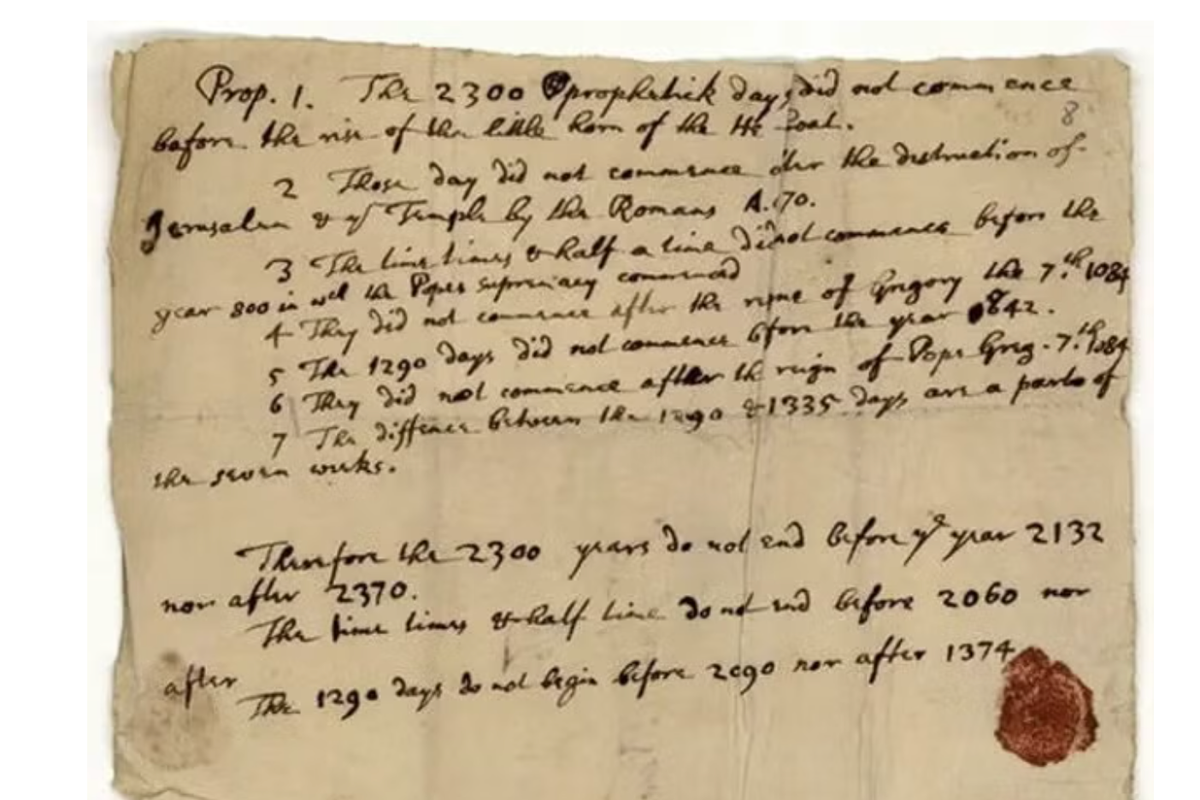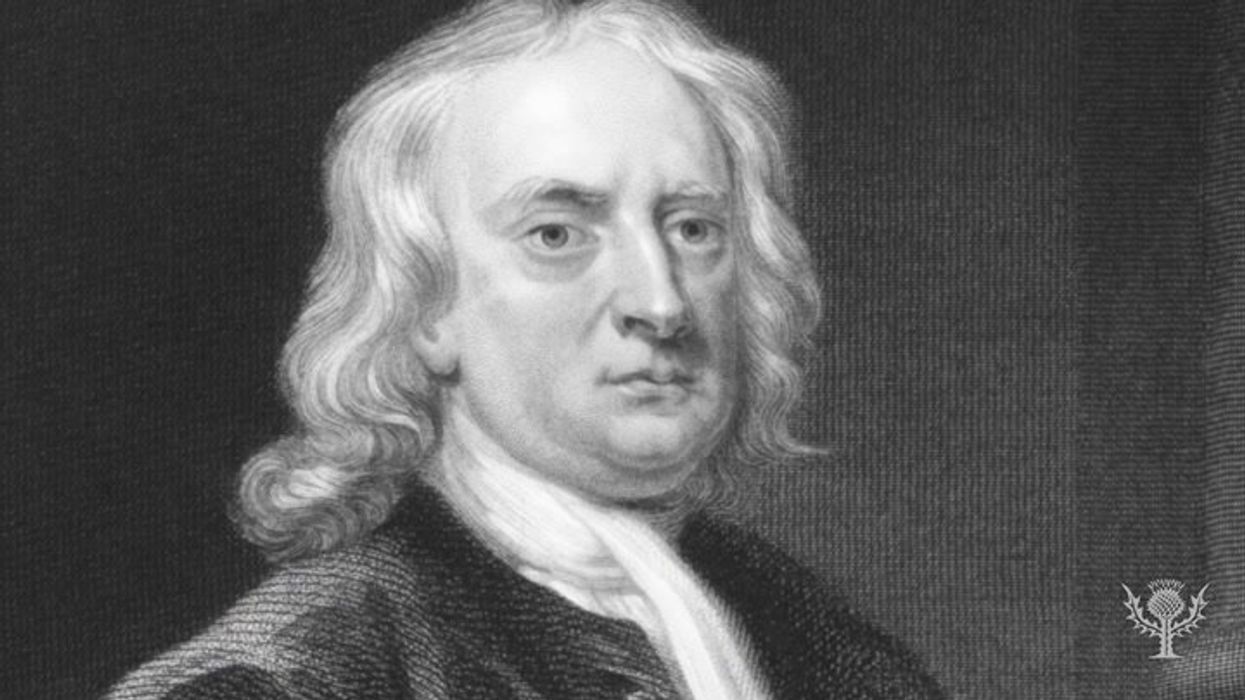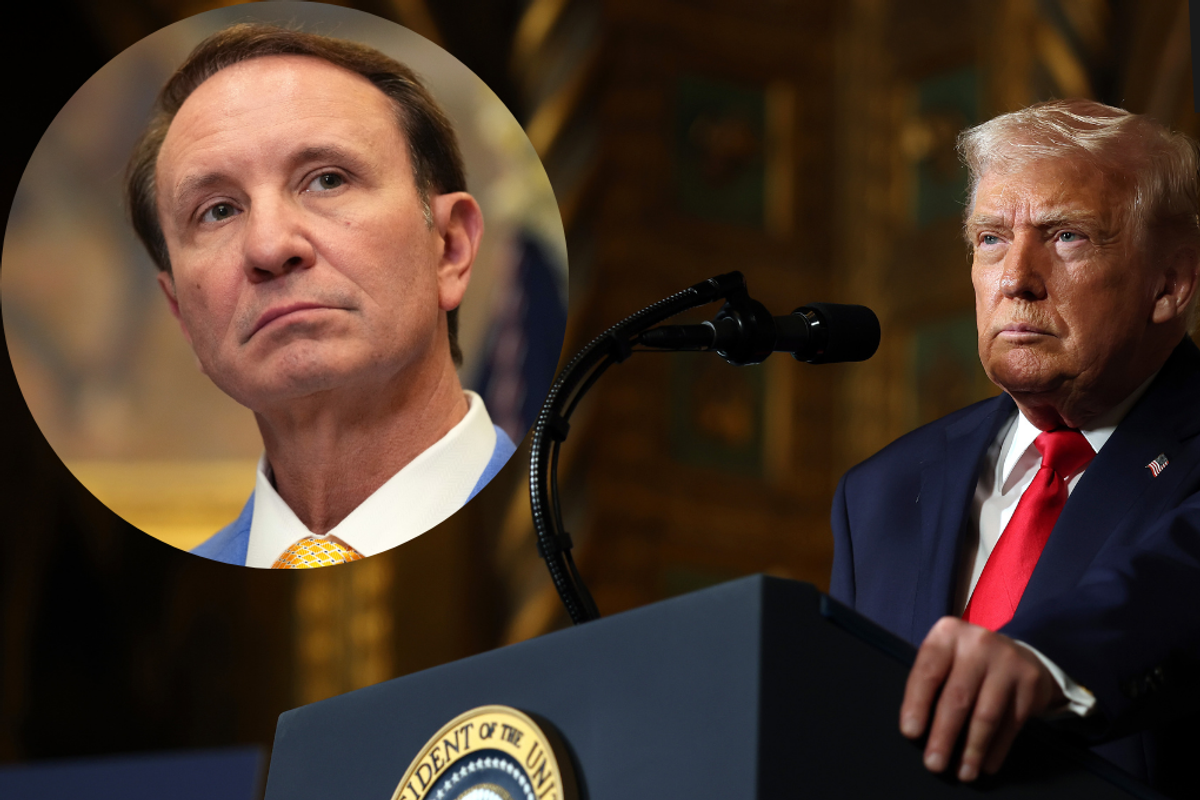Science & Tech
Sophie Thompson
Feb 14, 2025
Did You Know? Isaac Newton
Encyclopaedia Britannica / VideoElephant
Letters uncovered from Sir Isaac Newton in 1704 could hold the key to what the future of civilisation might look like.
The physicist, who was best-known for formulating the law of gravity, was also a keen theologist, and left behind a series of letters filled with puzzling calculations that defined what the future of Earth could be like once he was gone.
And 300 years later, we're still waiting to see the results of his predictions, which suggest the world as we know it could be over in 2060.
"The days of short lived Beasts being put for the years of lived [sic] kingdoms, the period of 1260 days, if dated from the complete conquest of the three kings A.C. 800, will end A.C. 2060. It may end later, but I see no reason for its ending sooner", he writes in the letters.

He also went on to use the days numbered 1260, 1290 and 2300 in the Book of Daniel and Revelations, which mark the end and beginning of certain important moments in the apocalypse - but instead of days, these would be years of significance.
But you shouldn't worry too much, as much of Newton's work was based on the Battle of Armageddon, a prophesied war published in the Book Of Revelation.
2060 also gets mentioned later in the letter too.

"This I mention not to assert when the time of the end shall be, but to put a stop to the rash conjectures of fanciful men who are frequently predicting the time of the end, [and] by doing so bring the sacred prophecies into discredit as often as their predictions fail", he says, referencing the year.
"Christ comes as a thief in the night, [and] it is not for us to know the times [and] seasons [which] God hath put into his own breast."
But not all is as it seems.
“For Newton, 2060 AD would be more like a new beginning. It would be the end of an old age, and the beginning of a new era - the era Jews refer to the Messianic age and the era premillenarian Christians term the Millennium or Kingdom of God", says Professor Stephen Snobelen, from the history of science and technology department at the University of King's College in Halifax, Nova Scotia.
So for now, we can sit back and relax.
Why not read...
Doctor Who upsets conservatives as Isaac Newton played by person of colour
‘Mavity’ becomes instant meme after Doctor Who intro featuring Isaac Newton
Sign up for our free Indy100 weekly newsletter
Have your say in our news democracy. Click the upvote icon at the top of the page to help raise this article through the indy100 rankings.
Top 100
The Conversation (0)














